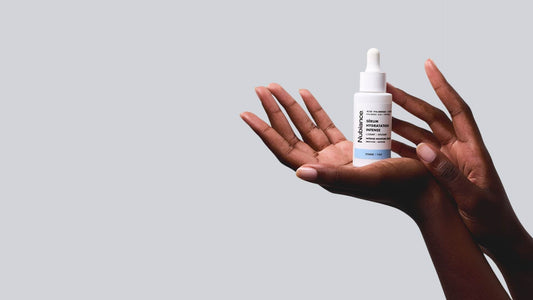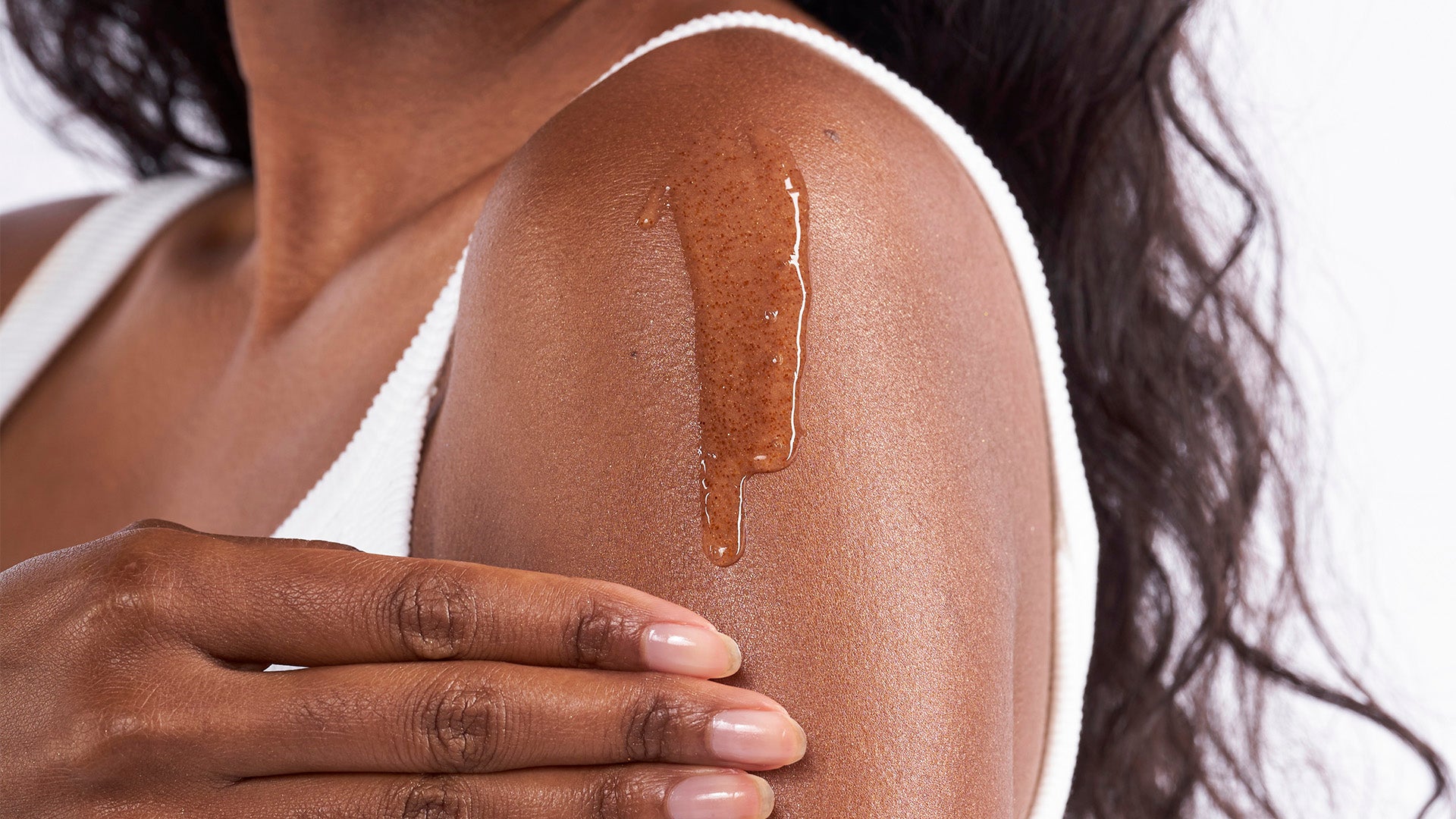
What is sensitive skin?
Partager
The best way to recognize hypersensitive skin is to analyze how it reacts to external aggressions . Typically, a person with this skin condition experiences redness , tightness , burning sensations , and tingling . To understand and treat this benign dermatological disease , read this article.
Sensitive skin: definition and causes
Sensitive skin is defined by an epidermis that overreacts to external factors: cold, UV rays, pollution, your lifestyle, etc.
These manifestations occur due to a damaged hydraulic film. The epidermis has the role of protecting the skin from external aggressions. As a result, she is dehydrated and unable to defend herself.
Having sensitive skin has nothing to do with skin type. Hypersensitivity is a condition that can affect dry, combination and oily skin . As a rule, it affects dry skin more. This condition is generally temporary and can be treated with the appropriate products.

How to recognize sensitive skin?
Redness
This skin condition often manifests itself on fair skin. Often it is couperose and rosacea . It concerns women who are between 30 and 40 years old. The cause of its appearance is often genetic.
There are three types of rosacea:
- Vascular rosacea : it is manifested by fine redness or more visible vessels;
- Pustular populo rosacea : it is accompanied by pimples;
- Hypertrophic rosacea : the skin becomes thicker around the nose.
Redness may appear following the application of new beauty products. If so, they disappear within a few hours or days. To prevent this from happening again, it is best to check the ingredients to banish from your routine.
👉🏾 In the same theme, we suggest you read the article: the impact of cold on the skin !
Irritations
To the touch, the irritations are manifested by a feeling of discomfort and tightness . They can be felt on the eyelids, sides of the nose, around the mouth, cheeks, etc.
Visually, we see that the skin becomes rough and that lesions, crusts and peeling appear.
They are triggered by the accumulation of several factors:
- Products or active ingredients that your skin does not tolerate;
- Pollution ;
- The stress ;
- A diet high in sugar and fat.
👉🏾 Does your skin have redness and irritation? Maybe she's suffering from dehydration. Discover our 10 tips for well-hydrated skin !
What are the steps to take on sensitive skin?
In order to treat sensitive skin , the solution is to strengthen its skin barrier. For this, you must adopt a routine in line with the needs of your skin.
Routine for sensitive skin- In the evening, remove make-up from your skin with an alcohol-free micellar water to eliminate the skin of all its impurities.
- Wash your face with a gentle cleansing gel to complete the cleansing.
- Apply a tonic lotion to moisturize the epidermis , treat skin imperfections and rebalance the skin's PH after cleansing.
- Correct the skin in depth with a serum adapted to the needs of your skin. Its light texture allows rapid penetration into the deep layers of the skin. To apply, place 3-4 drops in the palm of your hands, rub and pat it on your face.
- Hydrate your skin with a moisturizer . The oily phase of the cream will strengthen the epidermis and slow down its dehydration. Depending on the condition of your skin, we recommend that you choose creams that have a rich texture and which will therefore protect your skin.
- Before putting on makeup, apply SPF 50 sunscreen to protect your skin from the harmful effects of the sun. Remember to bring a sun mist with you to apply again during the day.
- Once a week, exfoliate your face with a gentle exfoliant , followed by a mask.
We advise you to choose hypoallergenic products specially designed for your skin condition, especially ingredients that have a soothing effect and protect the skin barrier.
By following this routine and adopting the right gestures on a daily basis, you will manage to limit the reactions of discomfort.




